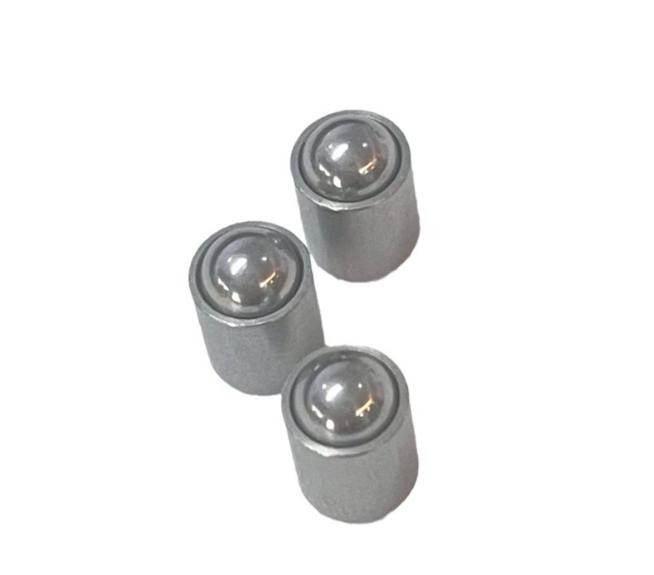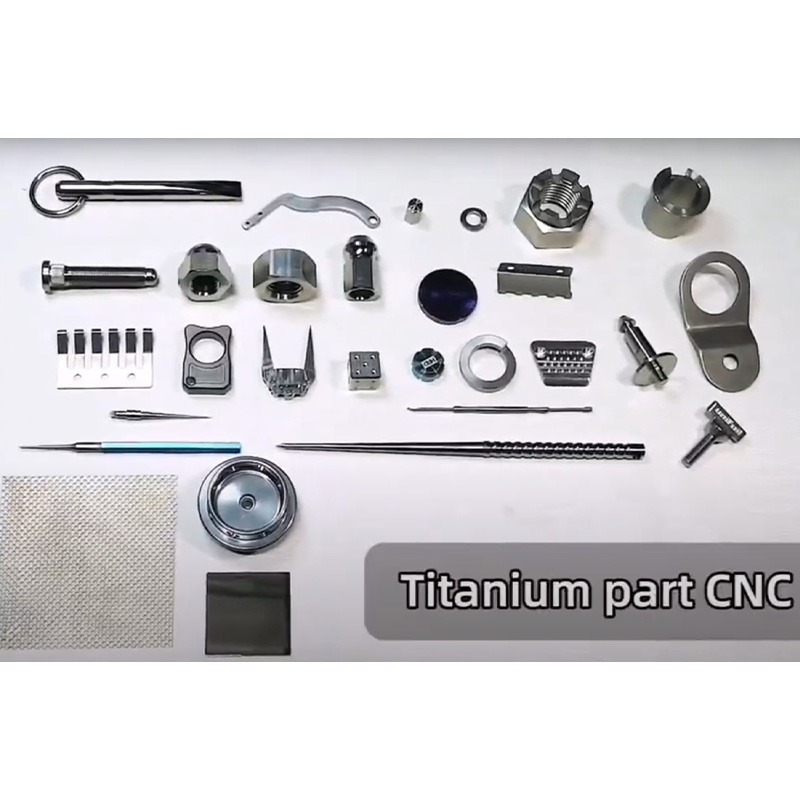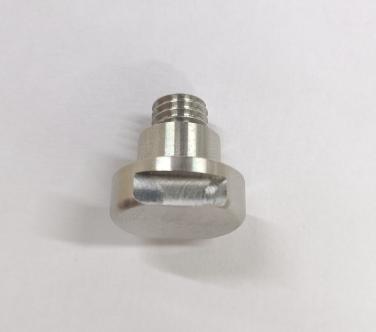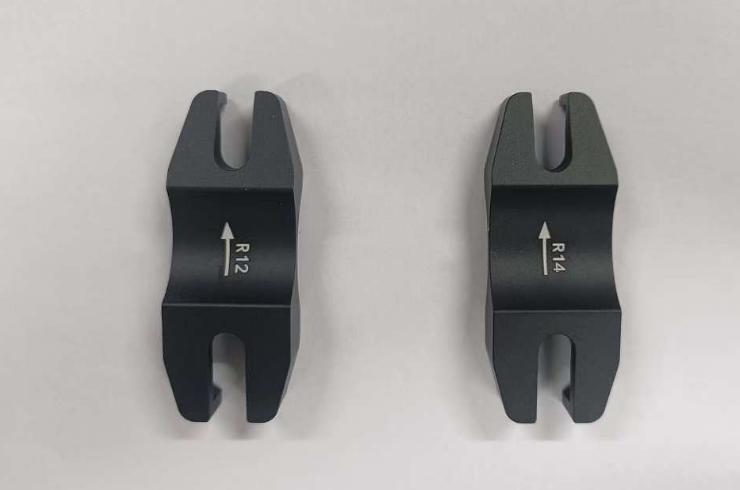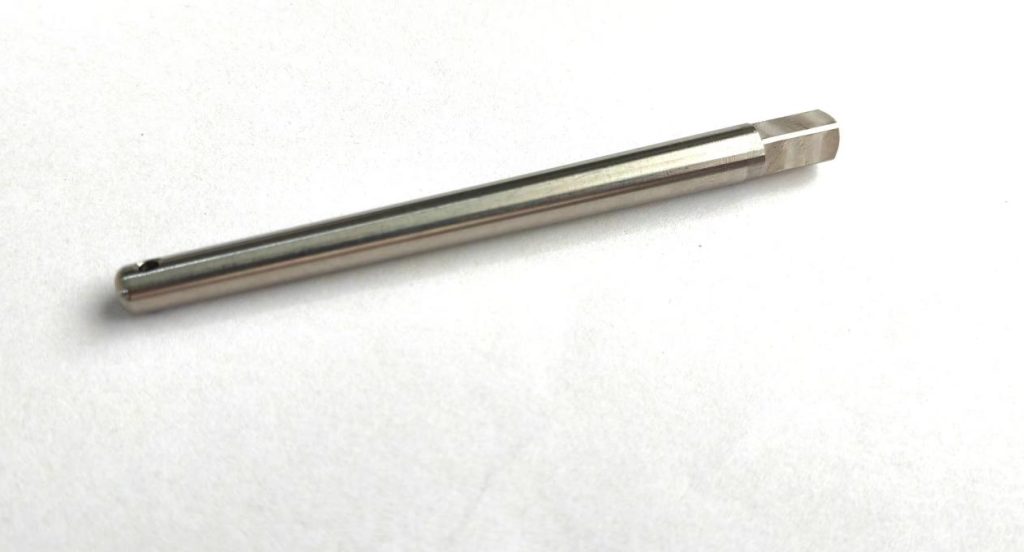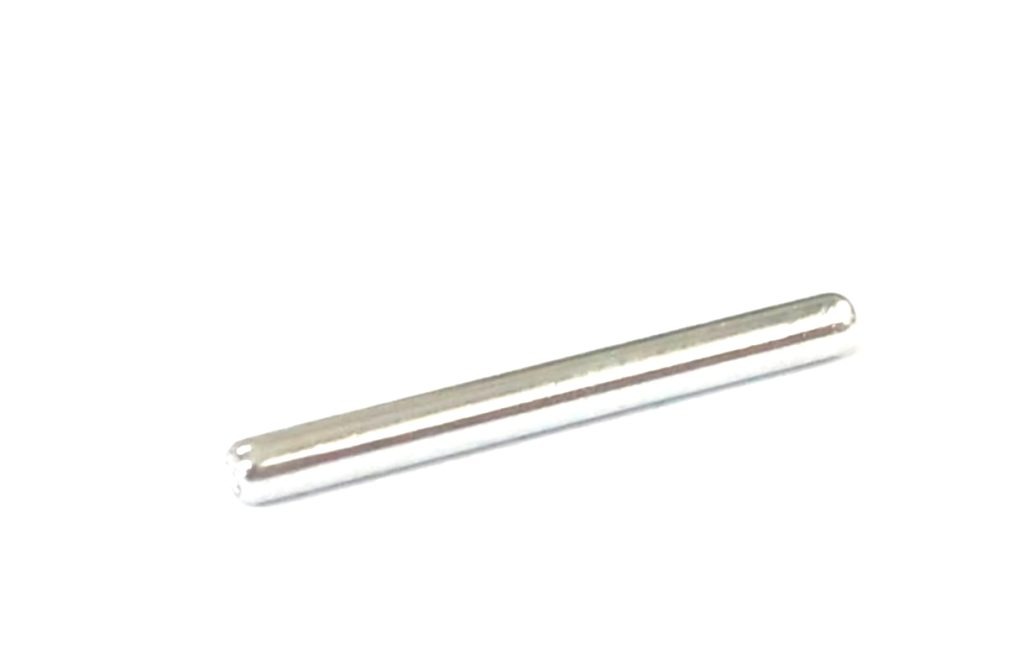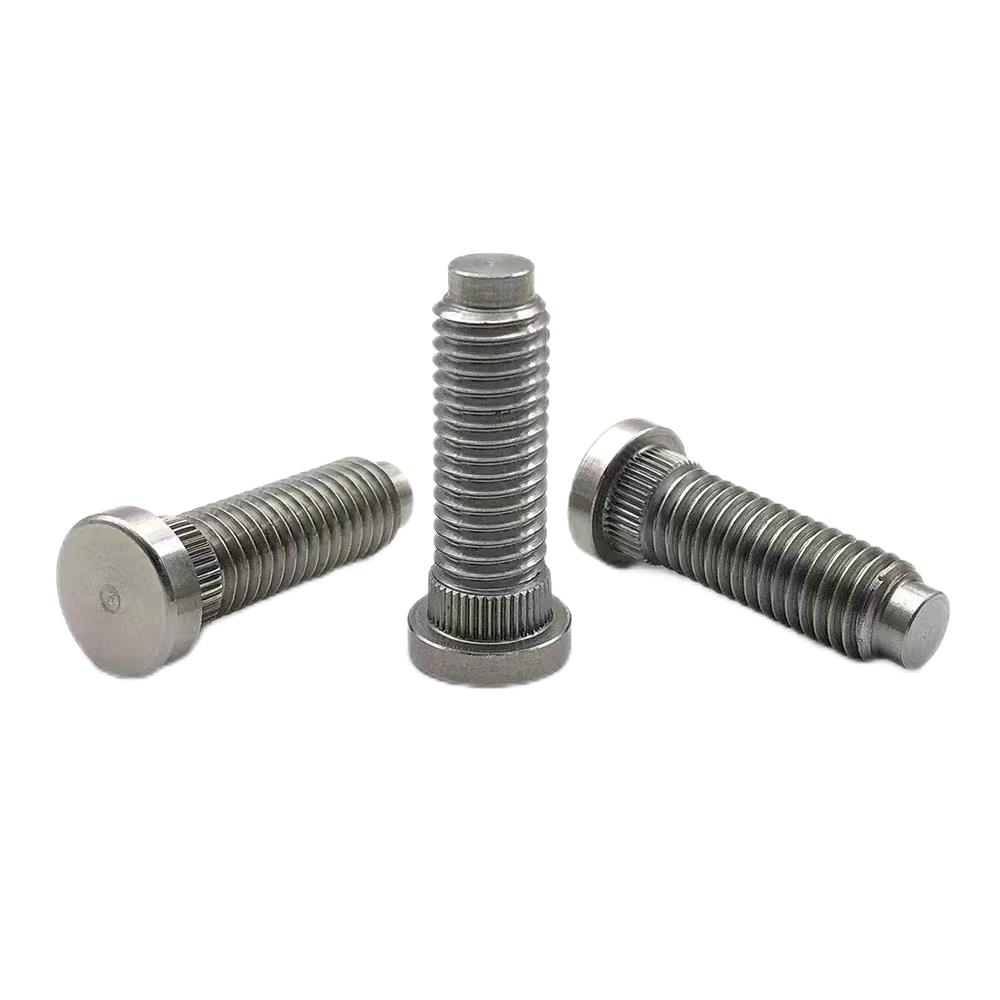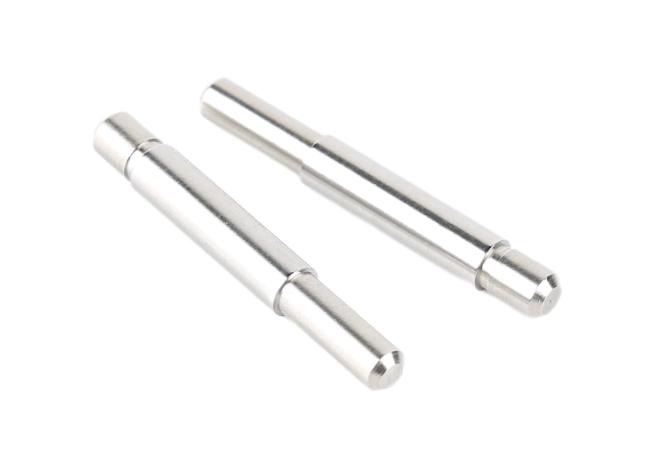How Does Multi-axis CNC Grinding Transform Precision Manufacturing
Table of Contents
Multi-axis CNC grinding has become a crucial technology in modern manufacturing, enabling high-precision production of complex parts. With the ability to move in multiple directions simultaneously, multi-axis CNC grinding machines have transformed industries such as aerospace, medical devices, and tooling.
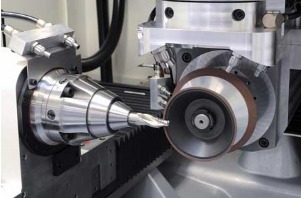
What is Multi-axis CNC Grinding
Multi-axis CNC grinding refers to the process of using CNC grinding machines equipped with multiple axes of movement, allowing complex geometries to be shaped with high precision. Unlike traditional grinding machines, which operate on just two axes (X and Y), multi-axis CNC grinding machines can move in multiple planes, often adding rotational movement around the A, B, or C axes. This enhances the machine’s ability to produce intricate parts, optimizing operations for both simple and complex component designs.
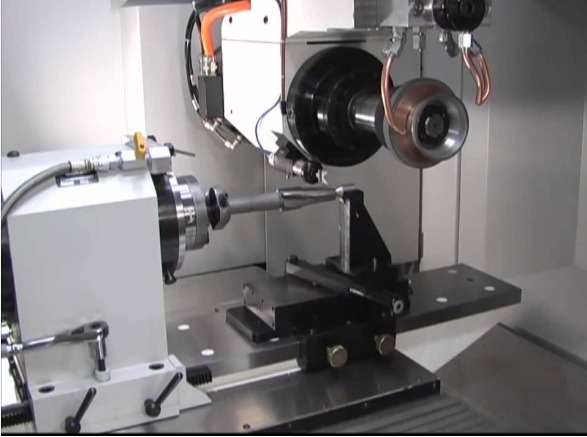
Key Benefits of Multi-axis CNC Grinding
1. Complex Geometries and Intricate Designs
Multi-axis CNC grinding allows for the creation of intricate geometries and complex part shapes that are difficult or impossible to achieve with traditional two-axis machines. The ability to move in multiple axes simultaneously (X, Y, Z, and rotational A, B, C) enables the grinding of components like helical surfaces, contoured edges, and asymmetrical profiles. This versatility makes it ideal for industries like aerospace, automotive, and medical devices.
2. Enhanced Precision and Accuracy
Multi-axis CNC grinding machines deliver extremely high levels of precision and accuracy, with tolerances down to the micron level. The multi-axis capability allows for tight control over tool movements, ensuring that each CNC part is produced with consistent quality. This is particularly important for applications where small deviations can lead to performance issues, such as in aerospace engine components or precision surgical tools.
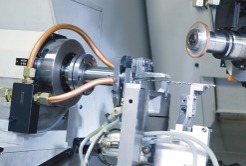
3. Increased Efficiency and Reduced Setup Time
By performing multiple grinding operations in a single setup, multi-axis CNC machines reduce the need for repositioning and manual intervention. This streamlined process saves time and minimizes errors, leading to faster production cycles and higher throughput. Additionally, automation features, such as automated tool changers, enable seamless transitions between different grinding tools without interrupting production.
4. Improved Surface Finish and Quality
Multi-axis CNC grinding offers superior surface finishes compared to traditional grinding methods. The precision control over tool paths and movements ensures that materials are removed evenly, resulting in smooth surfaces with minimal imperfections. This high-quality surface finish is essential for applications where aesthetics or functional performance depends on surface integrity, such as in medical implants or cutting tools.
5. Consistency and Repeatability
The computer-controlled nature of multi-axis CNC grinding ensures consistency and repeatability in the production process. Once the machine is programmed, it can produce identical parts repeatedly, making it ideal for high-volume manufacturing. This level of reliability reduces the risk of variation in quality, leading to fewer defects and rework.
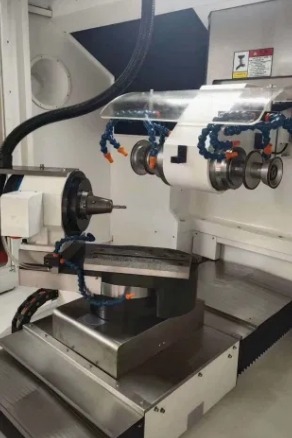
6. Material Flexibility
Multi-axis CNC grinding machines are capable of working with a wide variety of materials, including hard metals, ceramics, composites, and superalloys. This flexibility allows manufacturers to produce components from materials that are traditionally challenging to machine, expanding the range of applications that can benefit from CNC machining service.
7. Reduced Manual Labor and Human Error
The automation and precision control in multi-axis CNC grinding significantly reduce the need for manual intervention. Once programmed, the machine can run autonomously, leading to lower labor costs and minimizing human error. This results in a more efficient and reliable production process.
8. Cost-Effectiveness in the Long Term
Although multi-axis CNC grinding machines may require a higher initial investment, they offer substantial cost savings in the long run. The increased efficiency, reduced setup time, and higher precision lead to lower operating costs, less material waste, and reduced rework. Additionally, their ability to handle multiple tasks in one setup streamlines production, boosting profitability.
Applications of Multi-axis CNC Grinding
This chart illustrates the wide range of applications for multi-axis CNC grinding across different sectors, highlighting the technology’s flexibility, precision, and efficiency in producing complex components.
| Industry | Applications | Examples of Components | Benefits |
| Aerospace | High-precision aerospace component manufacturing | Turbine blades, landing gear parts, engine components | Enables complex geometries with tight tolerances for critical, high-performance parts |
| Automotive | High-volume production of critical components | Camshafts, crankshafts, gears, transmission shafts | Ensures precision and durability, improves surface finishes, and increases production efficiency |
| Medical Devices | Precision medical tools and implants | Surgical instruments, orthopedic implants, dental tools | Achieves biocompatible surface finishes, high precision for safety-critical medical applications |
| Tool Manufacturing | Production of high-performance cutting tools | End mills, drills, reamers, saw blades | Custom geometries for enhanced cutting performance, extended tool life, and optimal material removal |
| Energy | Power generation and renewable energy components | Wind turbine gears, power plant shafts, nuclear reactor components | Delivers durability and precision under extreme conditions |
| Defense | Production of mission-critical defense components | Missile parts, armored vehicle parts, guidance systems | Extreme accuracy and reliability for military and defense applications |
| Electronics | Miniaturization and precision in electronic parts | Micro-components, optical elements, casings for mobile devices | Allows for fine detailing and precision in small-scale components |
| Mold & Die Making | Precision molds and dies for mass production | Injection molds, forging dies, stamping tools | Ensures accuracy and longevity of molds, leading to high-quality finished products |
| Heavy Equipment | Grinding large, heavy-duty industrial components | Hydraulic cylinders, gears, heavy-duty shafts | Produces wear-resistant, precision-machined parts for use in harsh industrial environments |
| Marine | Production of high-strength marine components | Propeller shafts, engine parts, drive systems | Delivers corrosion-resistant and durable components for maritime applications |
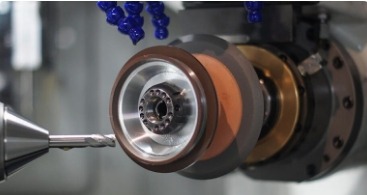
Challenges and Potential Solutions in Multi-axis CNC Grinding
| Challenge | Description | Impact | Potential Solutions |
| Complex Machine Setup | Requires precise alignment and calibration of multiple axes and tools | Increased setup time and potential for errors if not properly calibrated | Advanced simulation software for setup, skilled operators, and automated calibration systems |
| High Initial Cost | Multi-axis CNC machines and tooling are expensive | High upfront capital investment, particularly for small or medium-sized enterprises | Leasing options, incremental investment, and calculating ROI based on long-term efficiency |
| Tool Wear and Maintenance | Multi-axis grinding tools are subject to wear, especially with hard materials | Reduced precision and increased downtime for tool replacement | CNC tool monitoring systems, high-quality tool materials, and scheduled maintenance programs |
| Programming Complexity | Requires advanced programming skills to control multiple axes simultaneously | Time-consuming programming, potential for errors in tool paths or part geometries | CAD/CAM software, operator training, and use of automated programming and simulation tools |
| Heat Generation | Continuous grinding on multiple axes generates significant heat | Can lead to thermal distortion, affecting part accuracy and tool life | Coolant systems, high-performance lubricants, and materials with better thermal conductivity |
| Workpiece Clamping Issues | Proper clamping of complex-shaped workpieces can be difficult | Inconsistent grinding, vibrations, and possible damage to the part | Custom fixturing solutions, adaptive clamping systems, and vibration damping technologies |
| Material Removal Rates | Balancing material removal with precision is challenging in complex operations | Slow material removal can lead to inefficiency, while aggressive grinding risks damaging parts | Optimized CNC tool paths, process monitoring, and advanced tool materials for faster yet precise material removal |
| Limited Operator Expertise | Skilled operators are needed to manage multi-axis machines effectively | Increased potential for errors and downtime due to a lack of knowledge | Investing in training programs, certification courses, and user-friendly machine interfaces |
| Software Integration | Integrating multi-axis CNC grinding software with other systems can be difficult | Issues in workflow automation, real-time monitoring, and data exchange with other manufacturing systems | Time-consuming programming, the potential for errors in tool paths or part geometries |
Technological Innovations Driving Multi-axis CNC Grinding
Multi-axis CNC grinding technology has evolved with several technological innovations that significantly enhance its performance. These innovations enable manufacturers to produce more intricate parts with improved accuracy and efficiency.
1. High-speed Spindles and Precision Control
- High-Speed Grinding Spindles: High-speed spindles improve the grinding process by reducing cycle times and enabling finer finishes. These spindles provide greater control over material removal, allowing manufacturers to work with a wider range of materials, from hard metals to composites.
- Enhanced Servo Motors: Modern servo motors, which control the axes of CNC machines, have become more powerful and precise. These motors contribute to smoother, faster, and more accurate movements in multi-axis CNC grinding, allowing for tighter tolerances and better surface quality.
2. Automation and Robotics Integration
- Robotic Loading and Unloading: Automation through robotics has streamlined material handling in multi-axis CNC grinding operations. Robotic systems can load and unload workpieces, reducing manual labor and enhancing production speed. This automation is particularly useful in high-volume manufacturing environments, where efficiency is critical.
- Lights-Out Manufacturing: With advances in robotics and CNC programming, multi-axis CNC grinding machines can run continuously without human intervention. This “lights-out” manufacturing capability reduces labor costs and maximizes machine utilization, allowing companies to meet tight deadlines and high production demands.
3. Real-Time Monitoring and Predictive Maintenance
- IoT and Connectivity: The integration of IoT (Internet of Things) technology into multi-axis CNC grinders enables real-time monitoring of machine health, performance, and environmental conditions. Manufacturers can track parameters like vibration, temperature, and spindle speed, ensuring that the machine operates at peak efficiency.
- Predictive Maintenance: By analyzing data from sensors, predictive maintenance systems can alert operators to potential issues before they become critical. This proactive approach minimizes downtime, reduces repair costs, and extends the life of the grinding equipment.
4. Advanced Materials and Abrasives
- Superabrasives (CBN and Diamond): The use of superabrasives, such as cubic boron nitride (CBN) and diamond, in multi-axis CNC grinding has significantly improved the performance of grinding tools. These materials are more durable and efficient at cutting hard metals and other difficult-to-machine materials, resulting in faster material removal rates and longer tool life.
- Hybrid Grinding Wheels: Hybrid wheels combine the properties of both conventional abrasives and super abrasives, offering greater versatility and performance in grinding applications. These CNC grinding wheels are designed to work with a variety of materials and grinding techniques, providing flexibility in multi-axis CNC grinding processes.
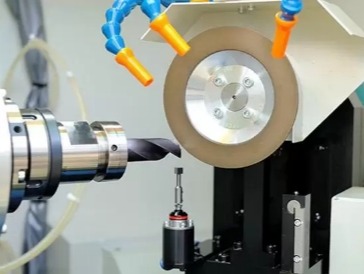
5. Thermal Compensation and Vibration Control
- Thermal Compensation Systems: Temperature fluctuations during grinding can affect machine accuracy. Thermal compensation systems adjust machine parameters in real-time to account for heat expansion, ensuring consistent precision throughout the grinding process, even during extended runs.
- Vibration Dampening Technology: Vibration can negatively impact surface finish and part accuracy. Advanced vibration dampening technologies, such as passive and active damping systems, have been integrated into multi-axis CNC grinders to reduce unwanted vibrations, leading to improved surface quality and machine longevity.
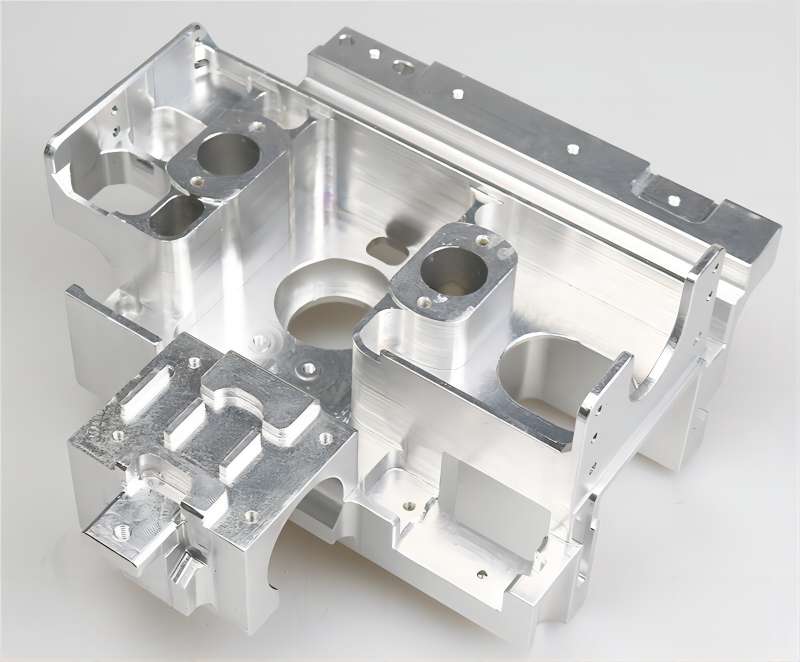
To sum up, as industries demand higher quality and tighter tolerances, multi-axis CNC grinding becomes an essential tool, driving innovation and efficiency in manufacturing processes. Whether for aerospace, medical devices, or cutting tools, the versatility and precision of multi-axis CNC grinding ensure its continued relevance in modern manufacturing.

